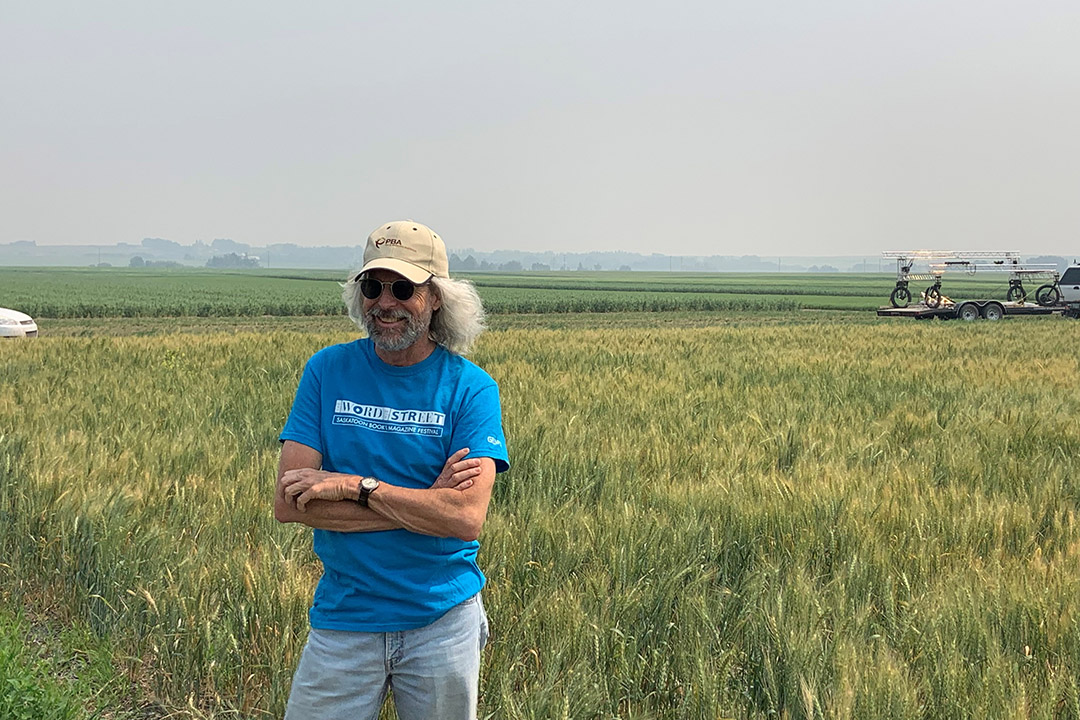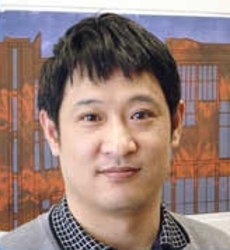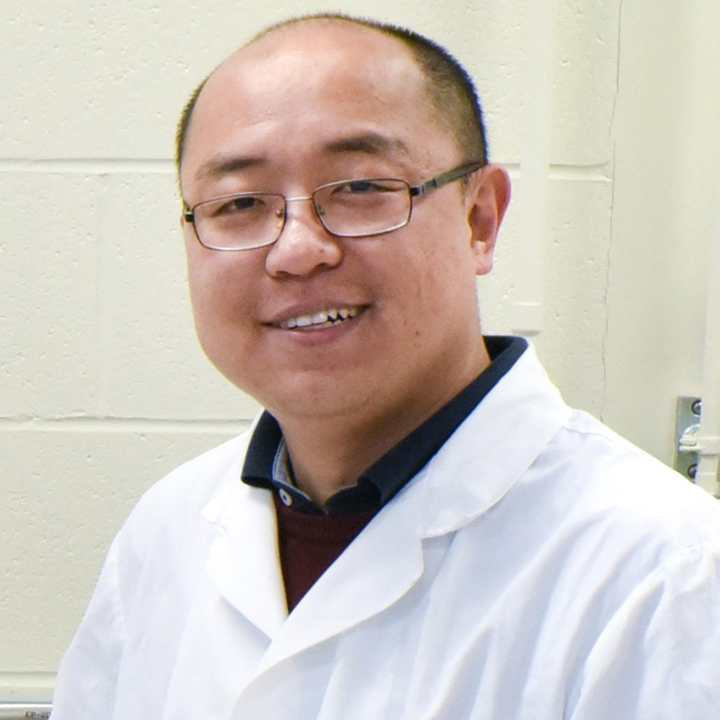
USask researchers aim to boost uranium, wheat sectors with novel technology
Two University of Saskatchewan (USask) projects have been awarded Natural Sciences and Engineering Council (NSERC) Alliance Grants totaling $885,000 for research aimed at developing novel technologies to improve productivity and profitability in the key agriculture and uranium sectors.

Dr. Yuanming Pan (PhD), professor in geological sciences at USask’s College of Arts and Science, was awarded $60,000 over two years to further develop and refine a novel technique he invented for uranium exploration involving studying radiation-induced defects in quartz and calcite.
He is working with an industry partner, Baselode Energy Corp, which is contributing $30,000 cash and $67,800 of in-kind support that includes training two highly qualified USask personnel who will do summer field work as junior geologists on the project.
Baselode Energy last year announced a rich uranium find, ACKIO, at its Hook project in northern Saskatchewan’s Athabasca Basin—an area that hosts some of the world’s highest grade uranium deposits. Baselode wants to add Pan’s novel technique to its exploration program in and near the basin.
“When we think uranium, we think radiation,” said Pan. “But exploration for uranium rarely uses radiation directly because typical radiation like alpha particles can be stopped by rocks and soils easily and aren’t detectable.”
In three previous projects, Pan showed that the quartz defects form when the mineral is bombarded by alpha particles emitted by the radioactive decay of uranium.
Pan said this damage occurs over a geological timescale of thousands of years when hot aqueous fluids carrying dissolved uranium pass through rocks, leaving behind the tell-tale trail of their passage. The defects are minuscule, so researchers use a highly sensitive technique called electron paramagnetic resonance (EPR) spectroscopy to analyze them.
“What we are doing essentially is measuring these radiation-induced defects in order to map out where the fluids came from, where they went—the pathway or conduit of these ancient fluids,” he said. “The pathways are very useful for exploring new uranium deposits.”
Pan said although many northern mines contain calcite, the mineral hasn’t been tested for radiation damage to the extent done for quartz—something he plans to do in this project.
“My students and I are interested in finding new defects in both quartz and calcite, so this research really is a mixture of pure science and applied science in helping the company grow their understanding of the ACKIO deposit.”
Breeding fusarium-resistant wheat through advanced genetics

A large multidisciplinary team led by Dr. Randy Kutcher (PhD), professor in the College of Agriculture and Bioresources and a plant pathologist at USask’s Crop Development Centre (CDC), and Dr. Lipu Wang PhD), research officer at CDC, was awarded $825,000 over three years to develop wheat plants with stronger genetic resistance to Fusarium head blight (FHB).
Industry partners Western Grains Research Foundation (WGRF), and the Saskatchewan Wheat Development Commission (SWDC) are providing total cash and in-kind contributions of $412,500, bringing the total project value to $1.24 million.
A fungal disease, FHB shrivels kernels in the grain, causing severe losses in yield and quality.
“Cultivating resistant wheat varieties is an efficient, eco-friendly and often most economical way to control FHB when it’s part of an integrated pest management program that includes crop rotation, appropriate seeding rates, and use of fungicides when the situation warrants,” said Kutcher.
He said the project will provide a “selection of tools” to achieve several objectives and can accelerate plant breeding cycles and benefit the wheat industry.
The current problem with FHB is linked to growers’ preference for short plants—they want less plant and more seed. Yet researchers have found that the genes for short plants are also associated closely with genes for susceptibility to Fusarium.
“So, one part of the project is to try to find new dwarfing genes, or somehow figure out how to break that linkage and separate the genes,” said Kutcher.
The second objective is to see what’s actually happening inside the plants, so when plants become infected, researchers can understand changes in the plant metabolism. Researchers want to learn if FHB-resistant plants produce different compounds than susceptible plants.
To select plants that are less prone to disease, a PhD student is using technology at the Canadian Light Source (CLS) at USask to study and image infected plants. The goal is to use the images to eventually develop bench-top equipment that can identify which kernels or wheat spikes are diseased—currently a laborious, subjective, and error-prone task that plant breeders and pathologists perform by visually rating thousands of plants and harvest samples for FHB damage.
“By incorporating technology such as artificial intelligence and deep machine learning to identify Fusarium, we can develop a more consistent assessment process that we can initially offer to breeders and eventually the industry,” said Kutcher.
One post-doctoral fellow, as well as two PhD and four MSc students, will be trained as part of the project. USask co-applicants and collaborators on the project from the Colleges of Arts and Science, Engineering, and Medicine, and from CLS. External collaborators are from Huazhong Agricultural University in China, Agriculture and Agri-Food Canada, SWDC and WGRF.

